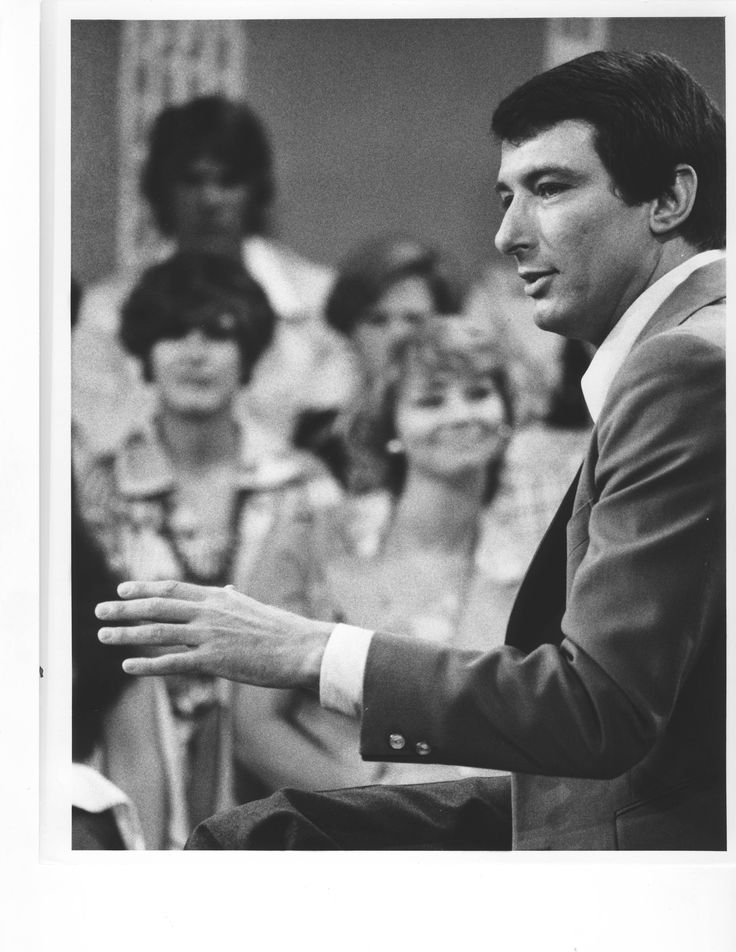When we hear the name Werner Erhard, most of us immediately think of personal transformation, leadership development, and the groundbreaking seminars he developed in the 1970s. Erhard’s work, particularly through his EST (Erhard Seminars Training) program, revolutionized how people approached personal growth and the realization of human potential. One of his most profound concepts is that of “being a clearing.” This idea is not just a philosophical stance but a powerful way of living and leading that has practical implications for anyone striving to create change in their life or the lives of others. But what exactly does it mean to “be a clearing,” and how did Erhard shape this concept into a powerful tool for personal and collective transformation?
Understanding “Being a Clearing”
At its core, being a clearing refers to the idea of creating a mental and emotional space where new possibilities can emerge. In everyday life, our minds often become cluttered with past experiences, ingrained beliefs, judgments, and preconceived notions. Think of your mind as a garden that’s overrun with weeds. These weeds represent limiting beliefs and the mental chatter that often controls how we see the world. When Erhard talks about being a clearing, he is essentially saying that we need to “pull the weeds” and make room for new possibilities to grow.
This concept isn’t about emptiness or detachment. Instead, it’s about creating a space where transformation can occur. Imagine standing in a room filled with old furniture, dust, and clutter. It’s impossible to bring anything new into that room until you make space for it. In the same way, your mind needs to be cleared of old, limiting ways of thinking to allow new ideas and perspectives to flourish. Being a clearing means cultivating this open, receptive state where you are no longer held back by your past but are fully present and ready for what the future holds.
The Roots of Erhard’s Concept
Werner Erhard didn’t pull the idea of being a clearing out of thin air. His development of this concept was deeply influenced by a variety of philosophical, psychological, and spiritual traditions. His work draws from Eastern philosophy, particularly the ideas of Zen Buddhism, where clearing the mind is a pathway to enlightenment and personal freedom. However, Erhard took this concept further, applying it not just to personal peace but to leadership, performance, and the pursuit of meaningful change in the world.
In EST, Erhard’s seminars pushed participants to confront their deepest assumptions and beliefs. These were not easy conversations. People were challenged to look at their life narratives—the stories they had built around themselves about who they were, what was possible, and how the world worked. These narratives, Erhard argued, were often self-imposed limitations. By recognizing these limitations and “clearing” them, participants could begin to create new stories for their lives—stories of possibility, empowerment, and transformation.
How Does One “Be a Clearing”?
Becoming a clearing is not a passive act. It’s an active process of self-examination and personal responsibility. To truly embody this concept, you must first understand that much of what limits you in life is your own interpretation of events, circumstances, and people. Let’s break this down.
The first step in being a clearing is to recognize that you are the author of your own experience. This doesn’t mean that you control everything that happens to you, but it does mean that you control your response to it. For example, two people might experience the same challenging situation—let’s say they both lose their jobs—but they respond in completely different ways. One person might spiral into fear and self-doubt, believing that this loss confirms their inadequacy. The other might see it as an opportunity to pursue a new career path or start their own business. The difference is not in the situation itself but in how each person clears their mind of limiting interpretations and makes room for new possibilities.
Once you’ve taken responsibility for how you interpret life’s events, the next step is to consciously choose what you want to create in the space you’ve cleared. This is where leadership comes into play. A leader who is a clearing doesn’t try to impose their will on others. Instead, they create an environment where others can thrive and discover their own potential. Think of it as planting seeds in a garden that has just been cleared of weeds. The leader provides the fertile soil and nurturing conditions, but it’s up to each person to grow in their own way.
The Role of Responsibility in Being a Clearing
Werner Erhard placed great emphasis on responsibility—not in the sense of blame or guilt, but in the sense of owning your experience of the world. To be a clearing, you must first take responsibility for your perceptions, actions, and reactions. This requires a shift in mindset. Instead of seeing life as something that happens to you, you begin to see life as something you create through your choices and interpretations.
Responsibility, in Erhard’s view, is the key to unlocking the power of being a clearing. When you stop blaming external circumstances for your limitations, you open yourself up to a world of possibility. For instance, imagine that you’ve always believed you’re “not good with numbers” and, as a result, have avoided financial or mathematical challenges. This belief has limited your career options and perhaps even your financial independence. By taking responsibility for this belief—acknowledging that it’s just a story you’ve told yourself—you create the clearing to change it. Suddenly, you’re free to learn new skills, take on new challenges, and expand your potential in ways you never thought possible.
Leadership as a Clearing
In the context of leadership, being a clearing takes on even greater significance. True leadership, according to Erhard, is not about having all the answers or directing others with authority. It’s about creating the conditions for others to discover their own power and capabilities. A leader who is a clearing doesn’t dictate; they invite. They don’t micromanage; they trust. And they don’t impose their will; they create an environment where others can contribute their best.
Take, for example, a workplace scenario where a manager is faced with a team that’s struggling to meet its goals. A traditional approach might involve more oversight, stricter guidelines, or harsher consequences for underperformance. But a leader who embodies the concept of being a clearing would take a different approach. They might first clear their own assumptions—about why the team is struggling, about the abilities of the team members, and about what’s possible. Then, they would create a space where the team can openly explore solutions, share ideas, and take ownership of the outcome. By clearing away the noise of blame, fear, and frustration, this leader opens up a path for real progress and innovation.
The Impact of Being a Clearing on Personal Relationships
While Erhard’s teachings on being a clearing are often discussed in the context of leadership and organizational change, the concept is just as powerful when applied to personal relationships. In fact, many of the breakthroughs people experienced during Erhard’s seminars had to do with their relationships—with family, friends, romantic partners, and even themselves.
In a relationship, being a clearing means letting go of judgments, expectations, and assumptions about the other person. It means creating a space where both people can be fully themselves, without the baggage of past misunderstandings or future anxieties. This doesn’t mean avoiding difficult conversations or ignoring problems; rather, it means approaching those conversations and problems from a place of openness and possibility.
For example, if you’re in a conflict with a loved one, being a clearing might involve setting aside your need to be right and instead listening with an open heart. It might mean acknowledging your role in the conflict without blame or defensiveness. By clearing the space between you and the other person, you create the possibility for resolution, understanding, and deeper connection.
Why Being a Clearing Matters in Today’s World
In today’s fast-paced, often chaotic world, the concept of being a clearing is more relevant than ever. We are constantly bombarded with information, opinions, and distractions that clutter our minds and prevent us from seeing clearly. Whether we’re dealing with personal challenges, professional obstacles, or global issues, the ability to clear away the noise and focus on what truly matters is a critical skill.
Being a clearing allows us to navigate complexity with grace and purpose. It helps us to lead not through force or control, but through empowerment and collaboration. It gives us the clarity to see new possibilities where others see only limitations. And perhaps most importantly, it reminds us that we are not victims of circumstance, but creators of our own experience.
Conclusion: Werner Erhard’s Legacy of Transformation
Werner Erhard’s idea of “being a clearing” is a powerful and transformative concept that continues to resonate in the realms of personal development, leadership, and human potential. It challenges us to take responsibility for our lives, to let go of limiting beliefs, and to create the space for new possibilities to emerge. Whether in our personal relationships, our careers, or our communities, being a clearing allows us to show up fully, engage meaningfully, and lead with intention. As we navigate the complexities of modern life, Erhard’s teachings offer a timeless reminder that the real power lies not in what we do, but in who we are willing to become.



